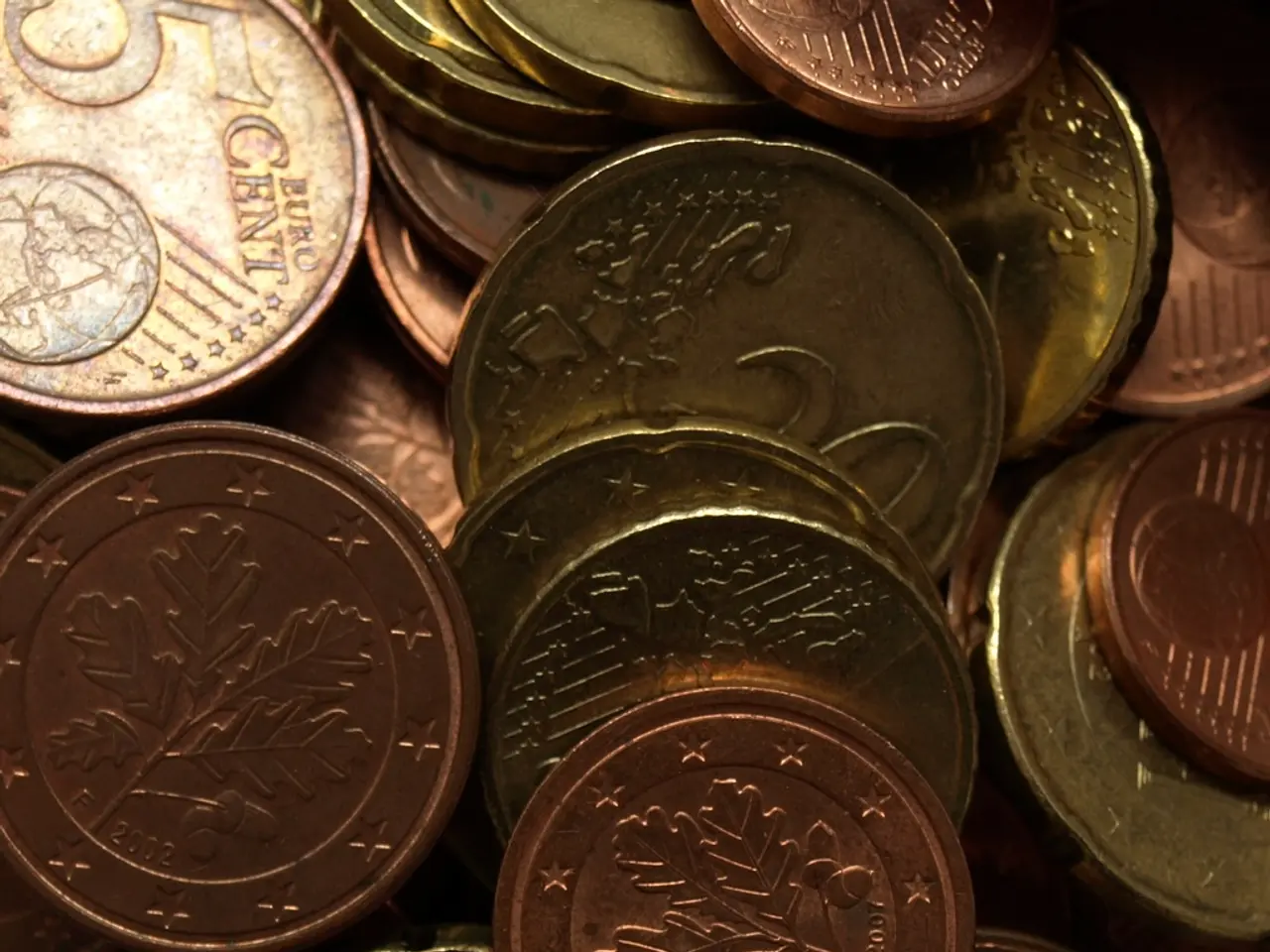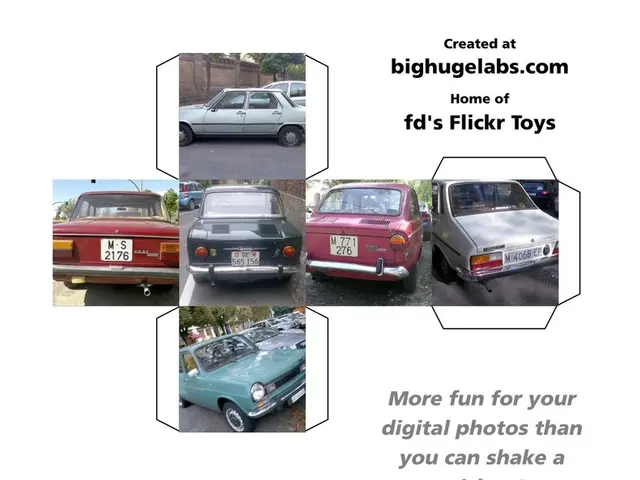Centralized Stablecoin Blockchains emerging. Reason for concern among these two major players
In the rapidly evolving world of cryptocurrency, Ethereum, with a market capitalization of $563.7 billion, has long been a dominant player, particularly in the stablecoin sector. However, recent developments and the emergence of new blockchains optimized for stablecoin use cases have introduced significant challenges for Ethereum.
Challenges facing Ethereum
Ethereum currently faces several obstacles in the stablecoin and payments arena, primarily due to high transaction fees, scalability limitations, and increasing competition.
High Transaction Fees & Scalability
Despite Ethereum's planned upgrades for 2025 (Pectra and Fusaka) that aim to boost Layer 2 throughput to over 100,000 transactions per second (TPS) and reduce gas fees by 53%, network fees remain a concern for large-scale stablecoin usage and everyday payments. This creates operational inefficiencies and sometimes price slippage for stablecoin users.
Fragmentation and Competition
Stablecoin issuers are increasingly launching their own purpose-built blockchains optimized for stablecoin payments and yield generation to capture more transaction fees. This new wave of issuer-operated blockchains potentially fragments market activity and reduces Ethereum's central role in stablecoin settlements.
Regulatory and Centralization Risks
Major stablecoins like USDT and USDC rely on centralized issuers, introducing risks from regulatory crackdowns, asset freezes, or counterparty failures. Decentralized options offer resilience but require overcollateralization, reducing capital efficiency.
Evolving Stablecoin Designs and User Expectations
New stablecoin protocols aim to combine stability with user rewards, reflecting unmet needs in the standard stablecoin market. Ethereum must support these innovations while contending with user demand for lower cost, faster payments.
Comparison with new blockchains
| Aspect | Ethereum | New Issuer-Owned Blockchains | |------------------------------|------------------------------------------|------------------------------------------------| | Optimization for stablecoins | General-purpose L1 with Layer 2 scaling; improvements ongoing but still complex/expensive | Purpose-built for stablecoin payments and yield, optimized for performance and fee capture | | Transaction fees | Reduced via Layer 2s but still higher than newest rivals | Lower fees due to bespoke design focused solely on stablecoin use cases | | Interoperability | High, with strong Layer 2 and cross-chain innovations (e.g., SkyLink for USDS) | Some interop expected but competitive dynamics with Ethereum's openness may limit collaboration | | Decentralization & security | High node count, secure blockchain with ongoing upgrades | Varies; issuer-operated chains may be more centralized | | Market share in stablecoins | >50% of stablecoin market activity (by volume) | Emerging but growing as issuers seek fee capture and UX enhancements |
While Ethereum remains the dominant platform for stablecoins due to its DeFi ecosystem and ongoing technological upgrades, it struggles with network fees, scalability limits, and competition from new specialized blockchains that aim to optimize stablecoin payments and yield. These new blockchains may reduce Ethereum’s centrality but often aim to complement rather than replace Ethereum via Layer 2 interoperability.
Furthermore, regulatory and design challenges persist across most stablecoin types on Ethereum and beyond. Treasury Secretary Scott Bessent predicts that stablecoins could grow to $3.7 trillion by the end of the decade, if the infrastructure gets built.
As Ethereum navigates these challenges, competitors like Tron, with a market cap of $36.2 billion and hosting $81.89 billion of USDT, pose potential threats due to higher transaction costs. Meanwhile, Circle, the primary issuer behind USDC, is focusing on Arc, its own L1 blockchain customized for payments, to increase revenue from its subscription and services business.
Sources:
- Coindesk
- Cointelegraph
- Decrypt
- The Block
Read also:
- Musk announces intention to sue Apple for overlooking X and Grok in the top app listings
- Innovative Company ILiAD Technologies Introduces ILiAD+: Boosting Direct Lithium Extraction Technology's Efficiency Substantially
- Nuclear Ambitions at a U.S. Airport Spark Controversy, With Opposition Swelling
- Haval H6 Hybrid Analysis: Delving into Engine Performance and Fuel Efficiency







